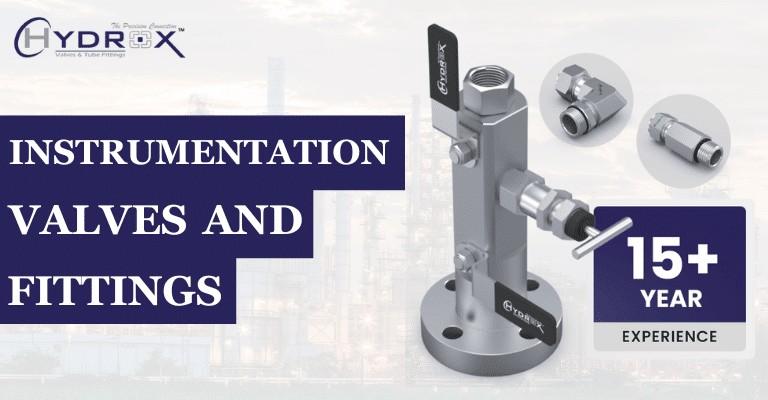
1 minute read
What are Instrumentation Valves and Fittings?
Any industrial process control system can only function with the essential components of instrumentation valves and fittings. These components regulate the flow of fluids and gases, control pressure and temperature, and ensure the system’s safety.
They are designed to meet the highest industry standards and provide reliable performance. This article will discuss the basics of instrumentation valves and fittings and their importance in industrial processes.
Advertisement
Instrumentation Valves and their Key Types
Instrumentation valves are devices that regulate fluid or gas flow in a process control system. They are designed to provide precise control of flow rates and are commonly used in applications where accurate control is essential. There are various instrumentation valves, including globe, ball, gate, needle, and diaphragm valves.
Globe valves are commonly used in applications where precise control of flow rates is necessary. Ball valves are ideal for quick shut-off applications, while Gate valves are suitable for applications requiring low flow resistance and high flow capacity. The needle valves are used for precise flow control, while diaphragm valves separate fluids.
Instrumentation Fitting and their Key Types
Instrumentation fittings are essential components used to connect different elements of a process control system. They connect pipes, valves, and other components to form a complete system. Instrumentation fittings come in different sizes and types, including tube fittings, pipe fittings, and compression fittings.
Leak-tight connections are commonly required in applications where tube fittings are used. They are ideal for applications that require frequent disconnection and reassembly. Pipe fittings are used to connect pipes of different sizes and shapes. Compression fittings are suitable for applications that require higher pressure and higher temperature connections.


